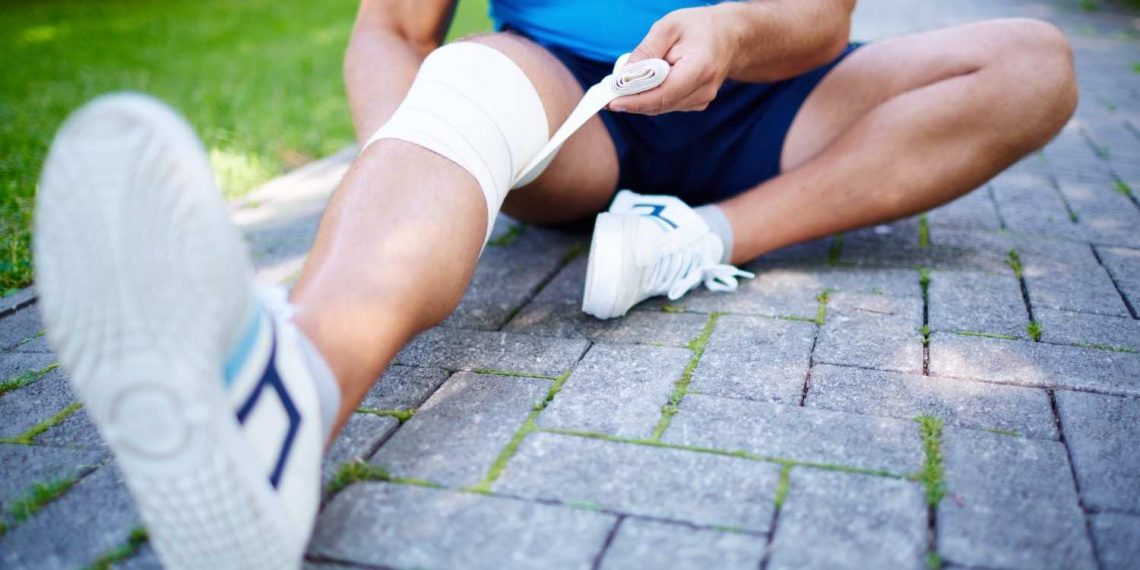Contents
5 Soothing Remedies Using Ginger Compress for Tendon Relief
Have you ever felt that nagging pain in your tendons after a long day of activity? Maybe it’s from gardening, sports, or even typing away at your desk. If you’re like me, you might be on the lookout for natural remedies that can help ease that discomfort without resorting to pharmaceuticals. One remedy that’s been making waves in the wellness community is the ginger compress. Ginger, a spice known for its anti-inflammatory properties, can be a game-changer for tendon relief. Let’s dive into five soothing remedies using ginger compresses that could help you find relief.
The Power of Ginger
Before we jump into the remedies, let’s talk about ginger. This potent root has been used in traditional medicine for centuries, particularly in Asian cultures. Its active compounds, such as gingerol, have been shown to possess anti-inflammatory and analgesic properties. A study published in the journal Pain found that ginger extract significantly reduced muscle pain after exercise (Black et al., 2010). So, it’s not just folklore; there’s science backing it up!
Remedy 1: Basic Ginger Compress
What You Need:
- Fresh ginger root
- Water
- Clean cloth or towel
How to Make It:
- Grate about a tablespoon of fresh ginger root.
- Boil it in a cup of water for about 10 minutes.
- Strain the mixture and let it cool slightly.
- Soak the cloth in the ginger-infused water and wring it out.
- Apply the warm compress to the affected area for 15-20 minutes.
Pros:
- Simple and quick to prepare.
- Utilizes readily available ingredients.
Cons:
- The warmth may not be suitable for everyone, especially if you have swelling.
Remedy 2: Ginger and Epsom Salt Compress
What You Need:
- Fresh ginger root
- Epsom salt
- Water
- Clean cloth or towel
How to Make It:
- Prepare a basic ginger compress as outlined above.
- Dissolve a tablespoon of Epsom salt in the ginger-infused water.
- Soak the cloth in this mixture and wring it out.
- Apply to the tender area for 20-30 minutes.
Pros:
- Epsom salt can help reduce inflammation and provide additional relief.
- The combination of ginger and magnesium from Epsom salt may enhance the soothing effect.
Cons:
- Epsom salt may not be suitable for individuals with certain medical conditions (like kidney issues).
Remedy 3: Ginger and Turmeric Compress
What You Need:
- Fresh ginger root
- Fresh turmeric root (or turmeric powder)
- Water
- Clean cloth or towel
How to Make It:
- Grate equal parts of fresh ginger and turmeric (or use 1-2 teaspoons of turmeric powder).
- Boil in a cup of water for about 10 minutes.
- Strain and let it cool slightly.
- Soak the cloth and apply to the affected area for 20 minutes.
Pros:
- Turmeric contains curcumin, another powerful anti-inflammatory agent.
- The combination may enhance the overall effectiveness.
Cons:
- Turmeric can stain skin and fabrics, so be cautious!
Remedy 4: Ginger Oil Compress
What You Need:
- Ginger essential oil
- Carrier oil (like coconut or olive oil)
- Clean cloth or towel
How to Make It:
- Mix a few drops of ginger essential oil with a tablespoon of your chosen carrier oil.
- Warm the mixture slightly (ensure it’s not too hot).
- Soak the cloth in the oil and apply to the affected area for 20-30 minutes.
Pros:
- Essential oils are highly concentrated, so a little goes a long way.
- The aroma can be soothing, enhancing relaxation.
Cons:
- Essential oils should be used cautiously; always do a patch test first to avoid skin irritation.
Remedy 5: Ginger Compress with Heat Therapy
What You Need:
- Fresh ginger root
- Water
- Clean cloth or towel
- Heating pad or hot water bottle
How to Make It:
- Prepare a basic ginger compress as previously described.
- Heat the compress using a heating pad or hot water bottle while you apply it to the area.
- Leave it on for 15-20 minutes.
Pros:
- The combination of heat and ginger can promote blood circulation, further aiding in relief.
- Great for chronic pain situations.
Cons:
- Heat may exacerbate inflammation in certain conditions, so be mindful.
FAQs
1. How often can I use a ginger compress for tendon relief?
You can use a ginger compress 2-3 times a day, but it’s essential to listen to your body and adjust as needed.
2. Are there any side effects to using ginger compresses?
Most people tolerate ginger well, but some may experience skin irritation. Always do a patch test before applying widely.
3. Can I use dried ginger instead of fresh ginger?
While fresh ginger is more potent, you can use dried ginger. However, the effectiveness may vary.
4. What if I’m allergic to ginger?
If you have an allergy to ginger, do not use it in any form. Consult your healthcare provider for alternative remedies.
Conclusion
Incorporating ginger compresses into your routine could be a soothing way to manage tendon discomfort. From the basic ginger compress to more complex mixtures, these remedies harness the natural anti-inflammatory properties of ginger. Just remember, while these methods can provide relief, it’s essential to listen to your body and consult a healthcare professional if your pain persists or worsens.
As research continues to explore the benefits of natural remedies, it’s exciting to see how ingredients like ginger can play a role in our wellness journeys. So, why not give these remedies a try? You might just find your new go-to for tendon relief.
This article is for educational purposes only and is not a substitute for professional medical advice. Always consult a qualified healthcare provider before making changes to your health routine.
References
-
Black, C. D., Herring, M. P., & Hurley, D. J. (2010). Ginger (Zingiber officinale) reduces muscle pain caused by exercise. Pain, 151(3), 685-691. https://doi.org/10.1016/j.pain.2010.08.010
-
Mayo Clinic. (n.d.). Ginger: An overview. Retrieved from https://www.mayoclinic.org/drugs-supplements-ginger/art-20362822
-
National Institutes of Health. (2021). Ginger. Retrieved from https://ods.od.nih.gov/factsheets/Ginger-HealthProfessional/
Get Your FREE Natural Health Guide!
Subscribe now and receive our exclusive ebook packed with natural health tips, practical wellness advice, and easy lifestyle changes — delivered straight to your inbox.















